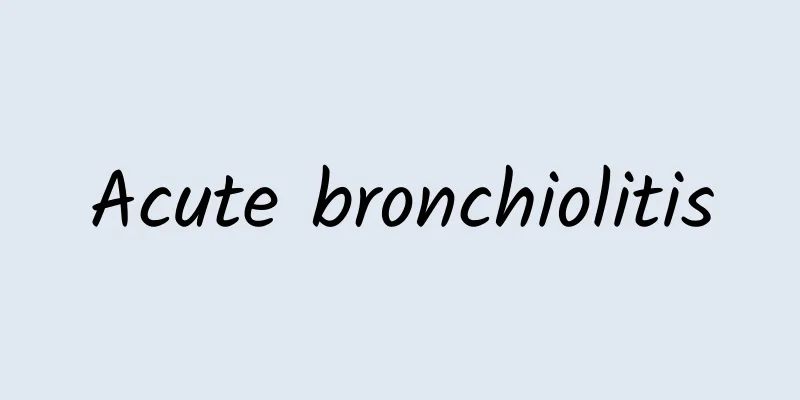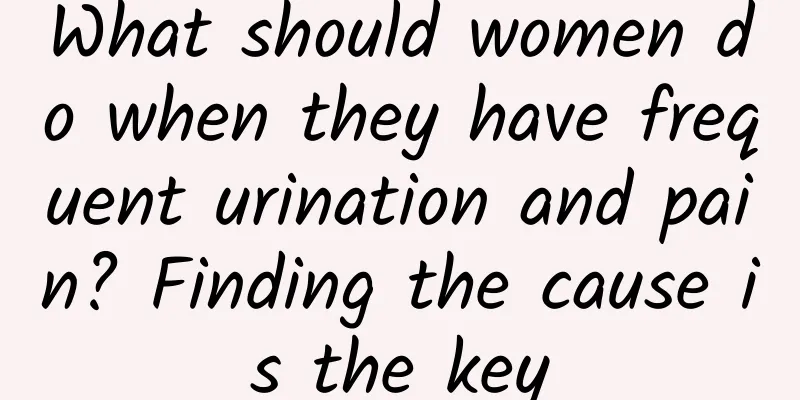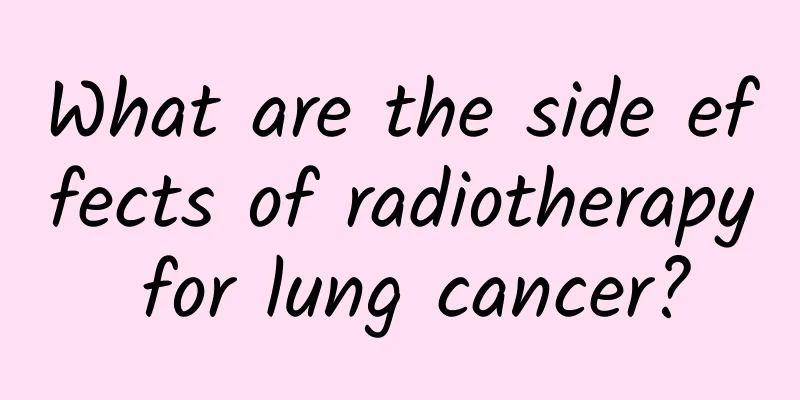Acute bronchiolitis

|
Speaking of acute bronchiolitis, many people are not familiar with it. This is mainly because the disease is a common respiratory tract infection in infants. The symptoms of acute bronchiolitis are similar to those of pneumonia. The only difference is that patients with acute bronchiolitis have more obvious shortness of breath than patients with pneumonia. Severe cases may even have symptoms similar to poisoning.
Therefore, in the treatment of patients with acute bronchiolitis, choosing the appropriate treatment method is very critical for the cure of acute bronchiolitis. In order to let everyone understand some treatment methods and related symptoms of acute bronchiolitis, this article specifically describes the following. Acute bronchiolitis is caused by different viruses; respiratory syncytial virus is the most common pathogen, followed by parainfluenza virus and adenovirus. Most cases occur in winter and early spring, often with persistent dry cough and paroxysmal dyspnea 2-3 days after upper respiratory tract infection. Symptoms vary in severity. In severe cases, dyspnea develops rapidly, presents as paroxysmal wheezing, coughs similar to whooping cough, and symptoms of poisoning may occur. When wheezing occurs, breathing is shallow and rapid, often accompanied by expiratory wheezing, obvious nasal flaring and the three-depression sign, and wheezing can be heard in the lungs. When the wheezing is slightly relieved, there may be diffuse medium-fine moist rales. Body temperature varies, mostly between 38℃-39℃. Because emphysema and chest expansion compress the abdomen, it is often easy to affect the child's sucking and eating. The course of bronchiolitis is generally 7-10 days. Most of them recover well, but the mortality rate of newborns with congenital heart disease is higher. Death is mostly caused by prolonged breathing, respiratory apnea, respiratory failure, etc. The treatment of acute bronchiolitis is the same as that of bronchopneumonia, with symptomatic treatment as the main focus. Acute bronchiolitis treat: (1) General treatment (2) Oxygen therapy and hyperbaric oxygen chamber if necessary (3) Control of wheezing: azithromycin, promethazine, hydrocortisone, scopolamine, phentolamine (4) Keep the airway open (5) Antiviral drugs: triclovir, ganlongsu, shuanghuanglian (6) Immunotherapy: intravenous infusion of immunoglobulin, aerosolization of whey fluid, and specific high-titer anti-RSV protein antibodies. During the treatment of acute bronchiolitis, parents must take protective measures against factors that may induce attacks of acute bronchiolitis in children while taking care of their children, so as to help children avoid frequent exacerbations of the disease due to external factors during the treatment of acute bronchiolitis. |
<<: Can chicken skin be cured?
>>: What to do about hay fever
Recommend
The efficacy of soaking wine with mountain ash
The mountain myrtle is also known as myrtle, myrt...
How long can you live with dilated cardiomyopathy?
The heart is a very important part of our human b...
How to treat chapped lips
Usually, staying up late, drinking, and eating sp...
Uterine fibroids Chinese medicine
Compared with other general medicines, Chinese pa...
Health guidance for chronic obstructive pulmonary disease
The incidence of COPD has become very high nowada...
How do human tooth decay form? Don’t ignore the causes of tooth decay!
Tooth decay is often called "cavities" ...
Can skin cancer kill you?
Nowadays, the incidence of cancer is quite high, ...
What is the cause of the swelling and pain on the left side of the mouth?
Experts say that swelling and pain on the left si...
Why do elderly people have leg pain?
Leg pain in the elderly should certainly not be i...
Causes of left ventricular enlargement
The human body has many diseases and changes. Som...
Is it cerebral palsy if the baby sits forward?
A baby's forward sitting position does not ne...
No medicine or injections required, just rely on the acupressure mat. Does it really have the effect of curing diseases?
Many of our friends like to watch variety shows i...
Is high prolactin related to sleep?
High prolactin rarely occurs in men, but mostly o...
How big should the follicle be on the tenth day of menstruation?
Ovulation occurs in every menstrual cycle of wome...
Can Xanthium sibiricum treat rhinitis?
In fact, Xanthium sibiricum is a traditional Chin...









